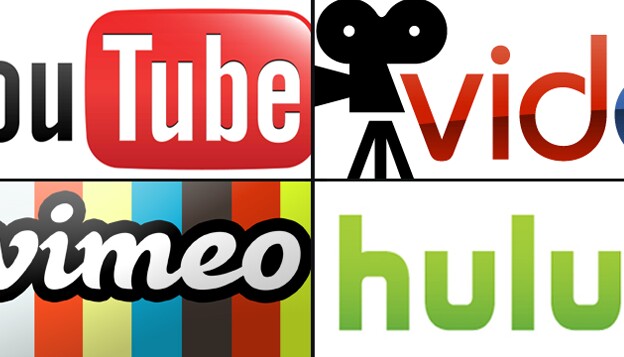Some of you are going to disagree with what I’m about to say. Especially if you think that the secret to successful marketing is having a great social media program … or a brilliantly designed website … or beautiful literature… or just having been around a long time.
The real Silver Bullet to Marketing … well, actually there are two silver bullets:
1 – Defining a clear and unique point of difference from others in your category and
2 – Telling that story in a way that grabs the audience’s attention and captivates their imagination.
In short, it’s not WHERE your message is told but WHAT your message is and HOW compellingly it’s told. It’s all about the message. Period. End of sentence.
We have clients that use Facebook, TV, print, online and email marketing. But without something truly original and compelling to say, none of those mediums would work.
I can’t tell you the number of times we’ve spoken with companies who complain that “radio never works,” or nobody’s reading the newspapers anymore. Then we ask to see what they’ve been running on radio or in the newspapers and, to us, the problem is crystal clear: the message just doesn’t set them apart and it’s not exciting enough to get anyone to pay attention, let alone remember or act on it.
And that’s equally true with Facebook or any other digital marketing. How many Facebook pages are just a jumble of unrelated posts that don’t point to a uniform branded message? How many posts are just … nice … but aren’t really worth clicking the like button, let alone sharing? And how many websites are hardly more than online catalogs without an original point of view that attracts and engages the visitor?
The legendary adman Bill Bernbach said it correctly: “The truth isn’t the truth until people believe you — and they can’t believe you if they don’t know what you’re saying — and they can’t know what you’re saying if they don’t listen to you — and they won’t listen to you if you’re not interesting — and you won’t be interesting unless you say things imaginatively, originally and freshly.”
Was he right? Based on that philosophy, his agency, DDB, built such previously unknown names as VW, Alka Seltzer, Sony and Avis into powerhouse brands – and it even got a president elected.
Over the years, media choices have come and gone. Today, the audience spends more time on Hulu than on NBC, and their mobile phone is their connection to the outside world. But Bernbach’s words remain as potent now as they did when he said them.
If your marketing isn’t pulling for you the way you’d like, don’t look at the medium for the solution. Look at the message. That’s the only true connection between you and the people you want to buy from you.
So, for the record, our mantra is this – and it’s been this since we first opened our doors: The Right Message, Compellingly Told, is Everything! That’s marketing’s Silver Bullet.
####
Dan Katz is president, creative director of LA ads. To discuss your thoughts with Dan on this blog or any marketing matters, email via this link, or visit www.LAadsMarketing.com. You can also connect with Dan on LinkedIn. See agency work via this link.

 I don’t know too many people who really like pictures of themselves. “Oh, I look too fat, too old, too…whatever!” Personally, I hate hearing my own voice on radio or in recordings. I think I sound goofy and inarticulate. And anyone who’s ever seen themselves on television (not including actors, of course) gets it from all sides. We simply don’t like seeing ourselves as we suspect other people really see us.
I don’t know too many people who really like pictures of themselves. “Oh, I look too fat, too old, too…whatever!” Personally, I hate hearing my own voice on radio or in recordings. I think I sound goofy and inarticulate. And anyone who’s ever seen themselves on television (not including actors, of course) gets it from all sides. We simply don’t like seeing ourselves as we suspect other people really see us.


